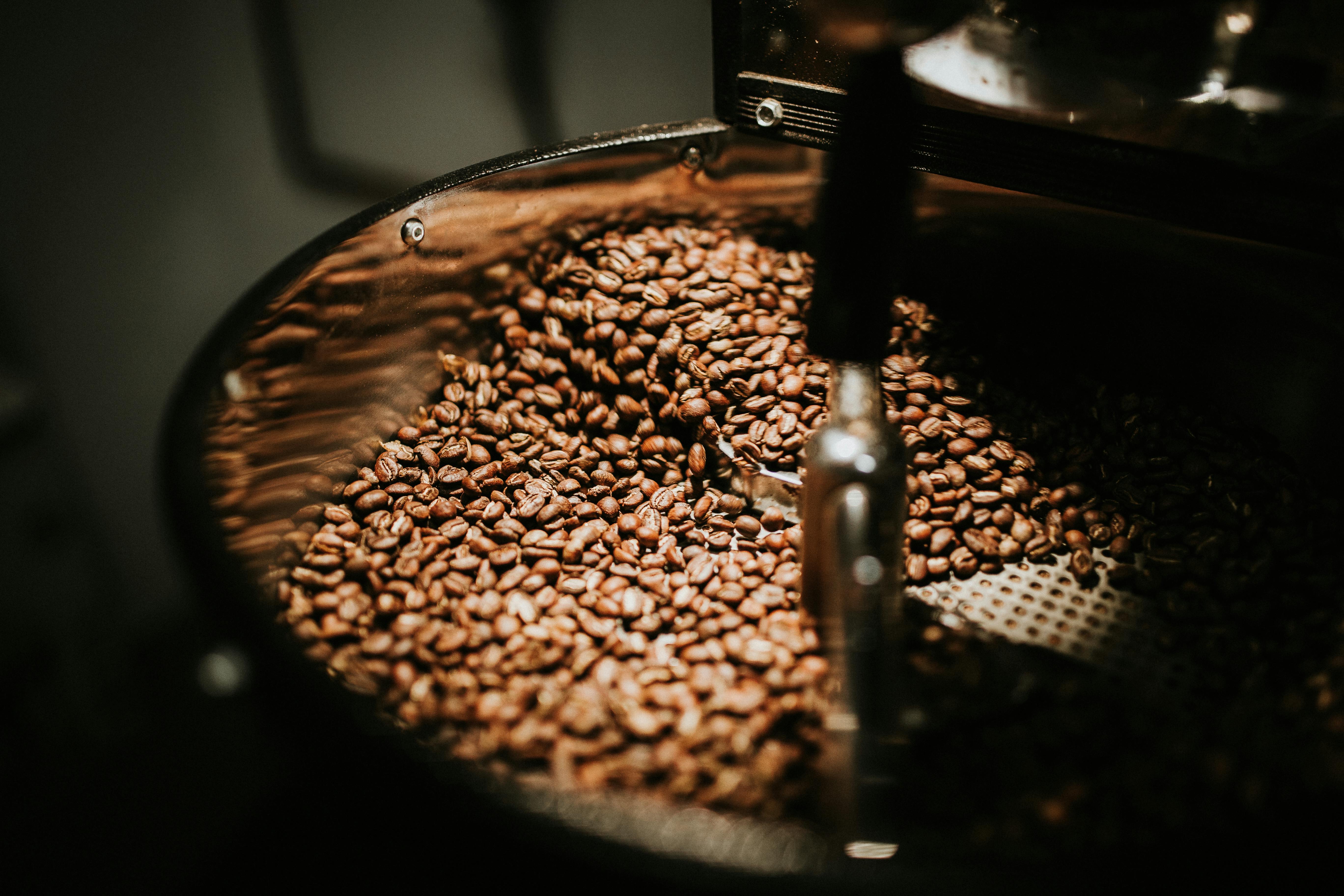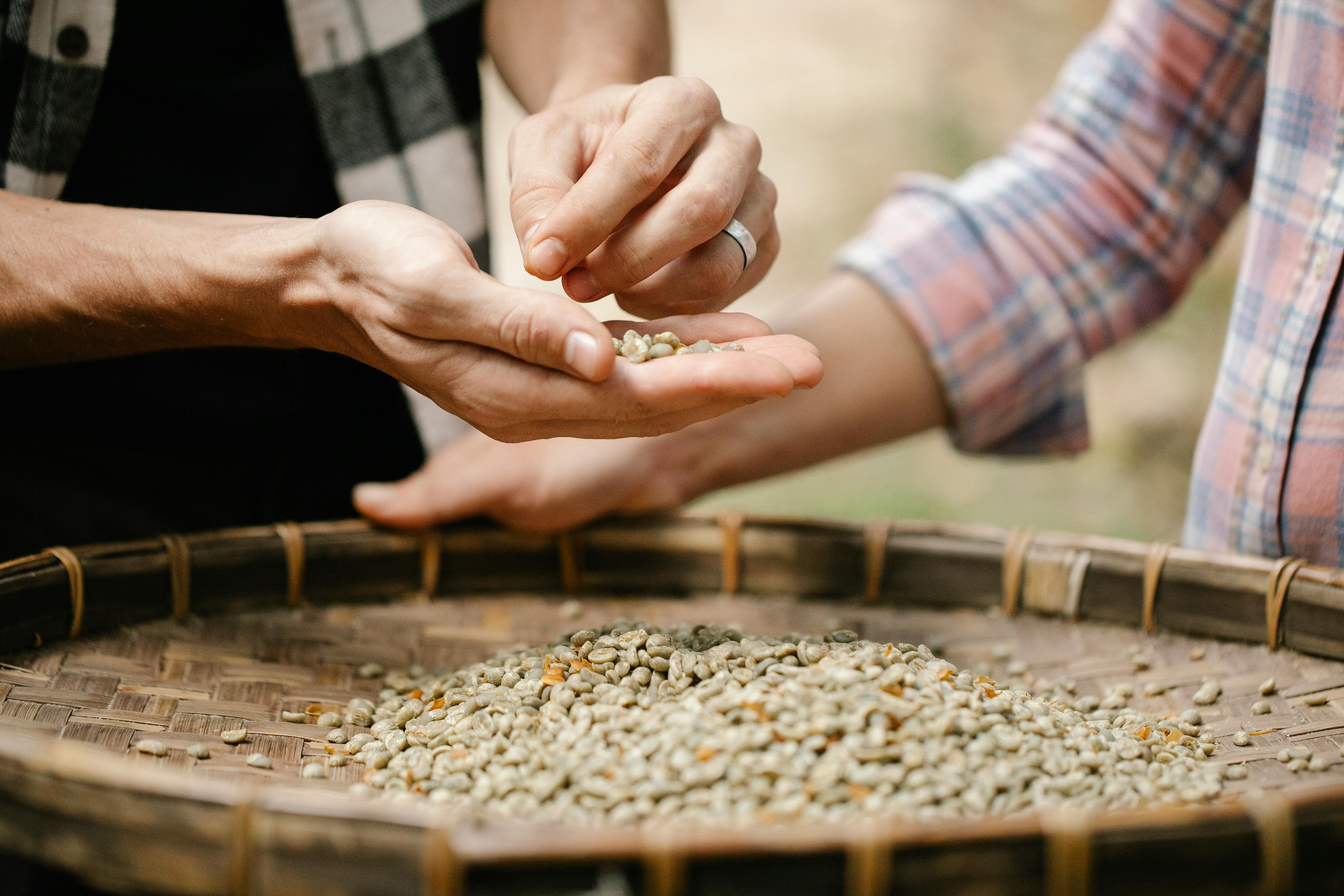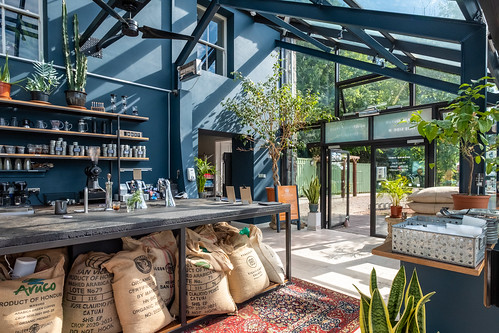The Science Behind Great Coffee – Explained Simply for Better Brews

The Science Behind Great Coffee – Explained Simply
When you sip a cup of great coffee, you’re tasting more than just beans and water. Behind that smooth, rich flavor is a world of chemistry, physics, and precision. But don’t worry—you don’t need a science degree to understand it. Let’s break down the science of coffee into simple terms, so you can brew better and appreciate every cup more deeply.

1. What Happens During Roasting?
Green coffee beans are raw, grassy, and unpalatable—until they’re roasted. As they heat up, two main chemical reactions occur:
- The Maillard reaction: This happens when natural sugars and amino acids inside the bean interact under heat. It creates hundreds of new aromatic compounds and gives the coffee its characteristic brown color and complex flavor notes like chocolate, nut, or caramel.
- Caramelization: As temperatures rise, sugars in the beans begin to caramelize, creating sweetness and body.
Roasting also causes gases—mostly carbon dioxide (CO₂)—to build up inside the bean. These gases play a role during brewing, especially in freshly roasted coffee.

2. Why Freshness Isn’t Always Best
A lot of people believe that the fresher the coffee, the better. But it turns out, coffee needs time to "degas." Right after roasting, beans release CO₂ rapidly. This excess gas can interfere with brewing, preventing water from fully saturating the coffee grounds and leading to a sour or hollow flavor.
The sweet spot? Typically, coffee tastes best between 2 to 12 days after roasting. During this time, gas release stabilizes, and flavor compounds mature. That’s why many cafés rest their beans a few days before brewing.
3. Extraction – The Heart of Brewing
When you brew coffee, you’re extracting soluble compounds from the ground beans. These include acids, sugars, oils, and bitter compounds. The balance of these elements determines whether your cup is sweet, sour, or harsh.
If you extract too little—by brewing too fast, grinding too coarsely, or using water that’s not hot enough—you’ll get a sour, weak cup. If you extract too much—by brewing too slowly, grinding too fine, or using too much heat—you’ll end up with bitterness and dryness.
The goal is balanced extraction, where acidity, sweetness, and bitterness are in harmony.
4. What You Control (And Why It Matters)
There are five key variables you can adjust when brewing coffee:
- Water temperature: Ideal brewing temperature is between 90°C and 96°C (195°F–205°F). Hotter water extracts more, faster. Too cool and your coffee will be sour and underdeveloped.
- Coffee-to-water ratio: This simply means how much coffee you use relative to your water. A common starting point for filter coffee is 1 gram of coffee per 15–18 grams of water. For espresso, it’s closer to 1 gram per 2 grams of water.
- Grind size: Grind affects how fast water flows through the coffee. A finer grind extracts more (but can clog filters or make espresso too slow), while a coarser grind extracts less and speeds up brewing.
- Brew time: Brewing too fast often under-extracts the coffee, while brewing too slow can make it bitter. The ideal brew time varies by method—V60 pour-overs take about 3 minutes, French press around 4 minutes, and espresso usually 25–30 seconds.
- Water quality: Hard water (with calcium and magnesium) helps extract flavor, but too much can mute acidity or leave a chalky feel. The best coffee water is filtered, balanced in minerals, and slightly alkaline—ideally around 50 to 150 ppm hardness.
5. The Role of the Bloom
If you’ve ever poured hot water onto freshly ground coffee and seen it puff up and bubble, that’s the bloom. It happens when CO₂ escapes from the grounds. Letting this gas escape before brewing is important—otherwise, it can repel water and prevent full extraction.
To bloom your coffee properly, pour a small amount of hot water over the grounds (usually twice the weight of the coffee) and wait about 30 seconds before continuing the brew.
6. Common Coffee Myths (Debunked)
Let’s clear up a few myths that often trip people up:
- “Boiling water burns coffee.” Not quite. While boiling water is too hot, it cools by several degrees the moment it hits the grounds or passes through your kettle spout. Brewing with water around 96°C is safe and ideal.
- “Finer grind always makes better coffee.” Finer grind increases extraction—up to a point. But it can also slow down water flow too much, resulting in over-extracted, bitter coffee.
- “The freshest coffee is always best.” Surprisingly, no. Coffee needs to rest after roasting. Day-one coffee might still be off-gassing and can taste sharp or uneven. Waiting a few days gives it time to settle.
7. A Simple Recipe You Can Try at Home
Want to taste the science in action? Here’s a no-fuss pour-over recipe:
- Measure 20 grams of coffee and grind it medium-fine, like table salt.
- Heat your filtered water to about 96°C.
- Pour 40 grams of water over the grounds and let it bloom for 30 seconds.
- Slowly add water in circles until you reach 320 grams total, finishing in about 2.5 to 3 minutes.
- Taste it. If it’s too sour, try grinding finer or increasing water temperature. If it’s bitter, go coarser or brew a bit faster.
8. From Science to Your Cup – Why Bodega Café Stands Out
At Bodega Café, we don’t just talk about great coffee—we live it. Every espresso, flat white you enjoy here is backed by the science and craftsmanship we’ve just explored. What makes this even more special is our partnership with The Old Barracks in Birdhill, County Tipperary.
They’ve been roasting onsite since January 2018, using a computer-controlled Giesen drum roaster that's visible in the café space. This process allows precise control over development time, temperature, fan, and drum speeds—ensuring every batch hits the sweet spot for optimal flavor. Their head roasters, including Tom, regularly demonstrate the craft and teach the science behind each roast. https://www.theoldbarracks.ie/
The result? Specialty beans sourced from microlots—Ecuador, Kenya, India—that undergo meticulous roasting to highlight unique origin characteristics without overcooking. They even offer hands-on experiences so visitors can learn how variations in roast impact taste—from first crack to final profile.
At Bodega Café, we serve these freshly roasted beans daily—brewed with the care and methodical processes we’ve unpacked earlier. When you taste one of our coffees, you're drinking the synergy of green‑bean chemistry, expertly managed degassing, balanced extraction, and the artistry of The Old Barracks’ roast.

In short:
- You’re drinking beans roasted with exacting scientific control.
- They're roasted just days before brewing to let CO₂ settle and flavors fully develop.
So that spectacular cup in your hand? It represents science, heart, and community. Thanks for being part of our story—here’s to many more amazing brews together!
